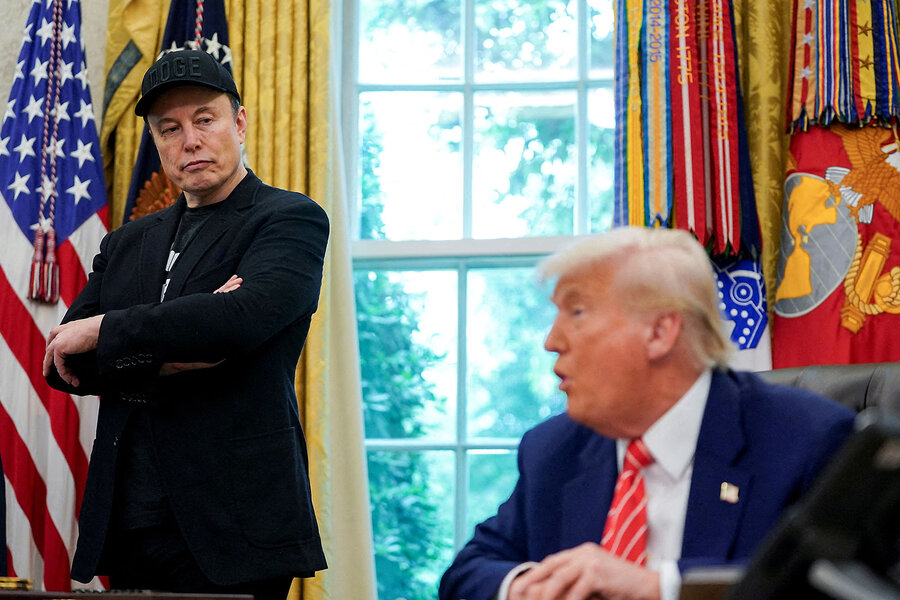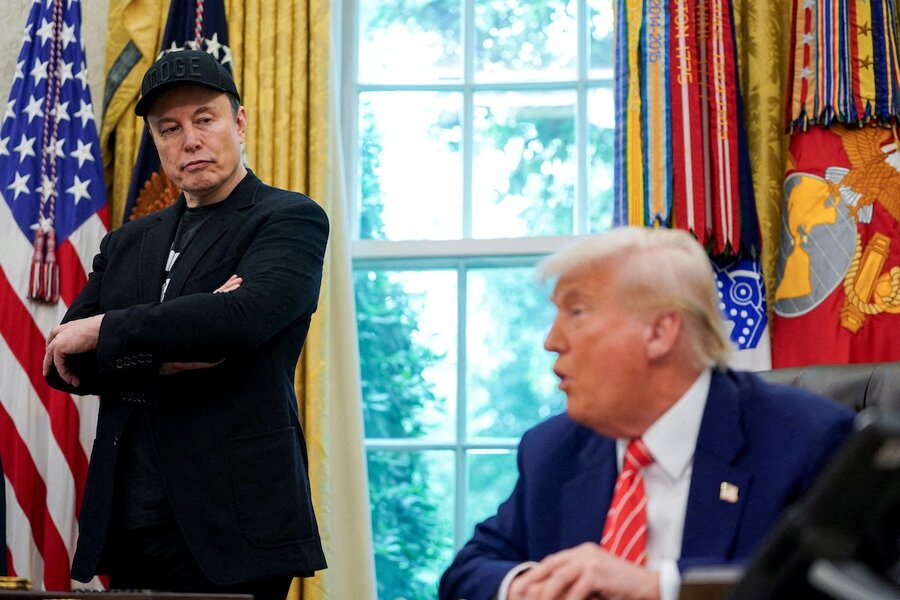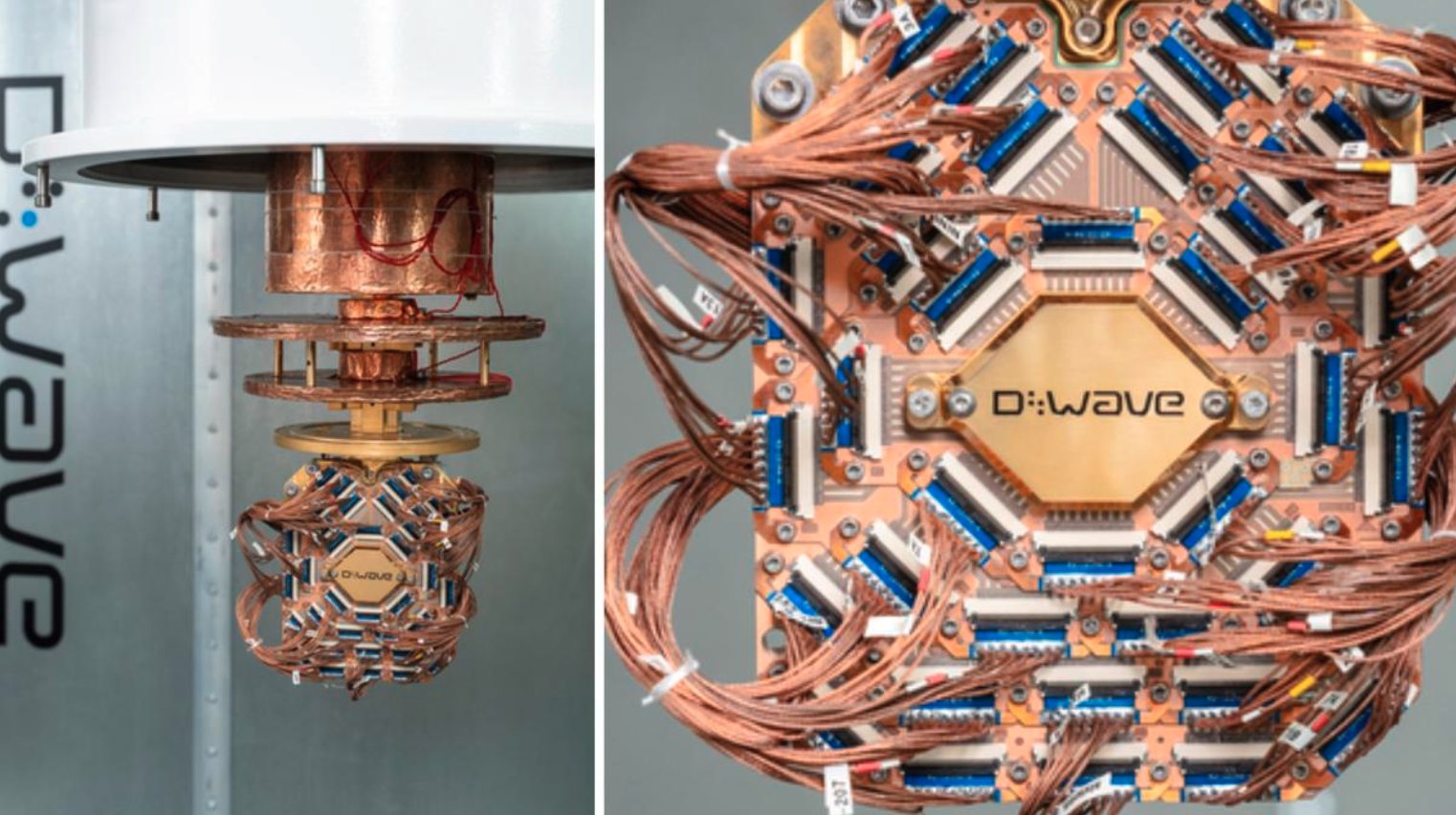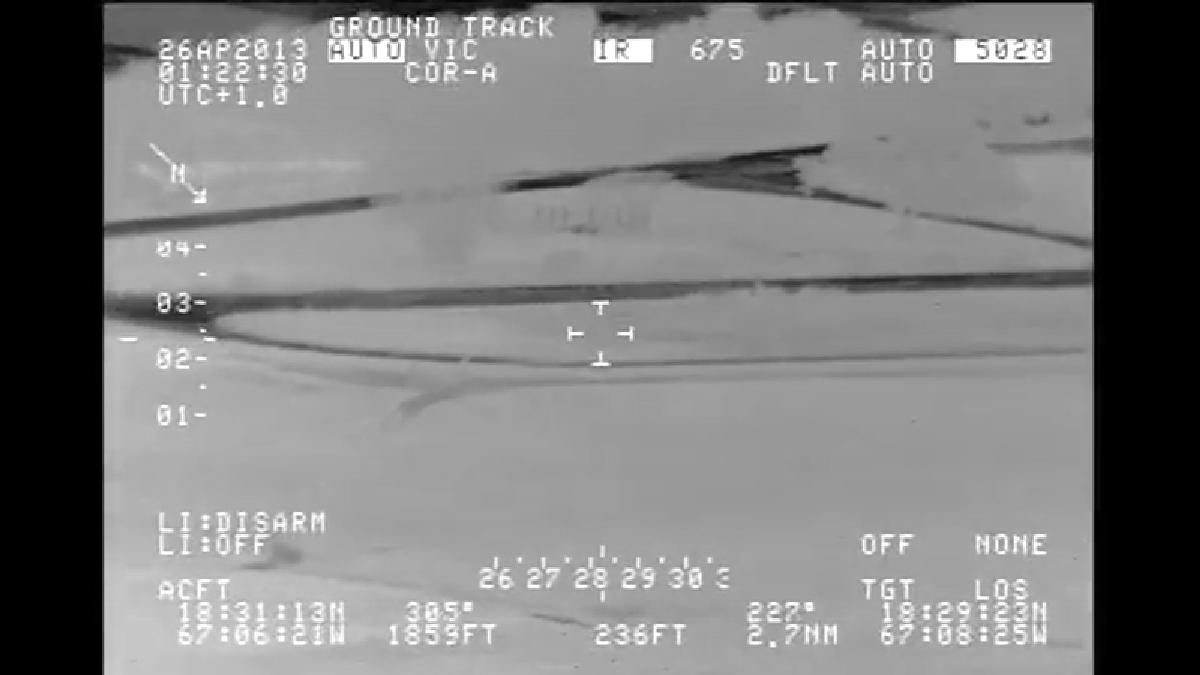Now Reading: Nvidia, AMD , Google and Tesla AI Chips
-
01
Nvidia, AMD , Google and Tesla AI Chips
Nvidia, AMD , Google and Tesla AI Chips
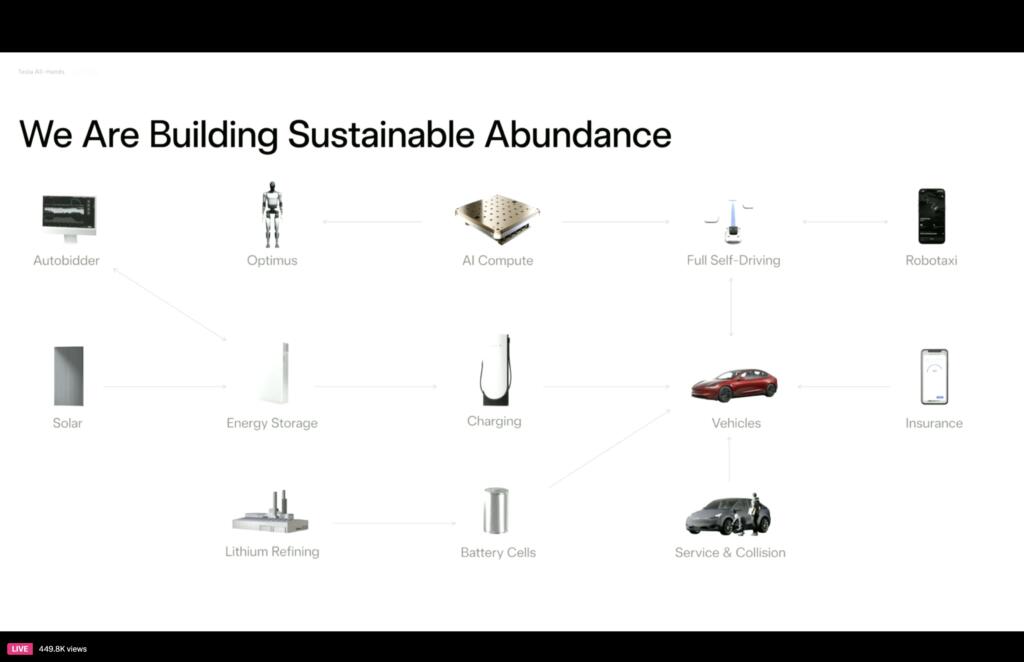
I will review the AI chips made by AMD, Google and Tesla. It is possible that Tesla with a strong Dojo 3 chip could pass AMD as second best AI chip performance and volume of chips.
The top line of Tesla Abundance slide has AI compute along with Optimus, Robotaxi and FSD. This could indicate the importance of the Dojo 2, Dojo 3 AI training chips that will create perfected FSD and enable Optimus training. The AI5 and AI6 inference chips that will be used in Optimus and Robotaxi.
AMD probably shipped about 300,000 to 400,000 Instinct MI300 units in 2024. This made AMD $5 billion in 2024 revenue figure.
The ASP per chip could be roughly calculated as follows:
$5 billion ÷ 300,000 units = ~$16,667 per chip
$5 billion ÷ 400,000 units = ~$12,500 per chip
AMD is expected to sell approximately 500,000 AI chips in 2025, generating $7.5 billion in revenue.
Nvidia AI Chips in 2025
Nvidia’s data center revenue serves as a proxy for its AI chip sales. In 2024, analysts expected Nvidia to achieve $110.36 billion in data center revenue. Given Nvidia’s dominance in the AI market and anticipated growth, we can estimate a 2025 revenue of $120 billion.
The number of chips depends on the ASP. Nvidia’s H100 GPUs reportedly sell for $20,000 to $40,000 each. Assuming an average ASP of $30,000 per chip (accounting for a mix of high-end and lower-tier models):
$120 billion ÷ $30,000 = 4,000,000 chips (or 4 million chips).
Google TPUs in 2025
Google develops TPUs for internal use, so “made and installed” refers to production and deployment within its data centers, not sales. In 2024, the global shipment of self-developed cloud AI ASIC accelerators (including TPUs) is projected at 3.45 million units, with Google holding a 74% share, or 2.55 million TPUs. Assuming a 20% market growth in 2025, total shipments could reach 4.14 million units, and with Google maintaining its 74% share:
4.14 million × 0.74 = 3.06 million TPUs.
Google TPU Performance
Current: The TPU v4 offers 275 teraFLOPs (bfloat16), while the TPU v5e provides 197 teraFLOPs (bfloat16).
Roadmap (TPU v6): The sixth-generation Trillium TPU, planned for 2025, lacks specific performance data, but given advancements, it’s estimated at 400 teraFLOPs per chip (bfloat16).
Tesla Dojo 2 in 2025
Tesla’s Dojo 2 AI training chip is expected to enter high-volume production by late 2025.
Tesla has said the Dojo 1 chips at 367 Tflops equaled 5% of 50,000 to 100,000 Nvidia H100 chips. This would suggest about 15,000 to 30,000 Dojo 1 chips.
Tesla seems to making $500 million per year investments in a Dojo supercomputers. Assuming an ASP of $10,000 per chip (comparable to high-end AI chips):
$500 million ÷ $10,000 = 50,000 chips.
Dojo 2 are supposed to be 10X the performance of Dojo 1. This would suggest 3-4 petaflops and about twice the performance of Nvidia H100s.
Tesla will make Dojo 3 chips in 2026. If the Dojo 3 could be another 10x in performance then they would be at 40 petaflops which would be comparable to Nvidia B300s and after adjusting for price comparable on a cost performance basis to the Nvidia Rubin chips.
XAI and Tesla will be making million chip AI data centers in 2026.
If Tesla and XAI buy one million of their own Dojo 3 chips in 2026, then this should be more chips and revenue than AMD would have in 2026. AMD could stay ahead if AMD makes a big breakthrough against Nvidia.
A successful Dojo 3 chip with only XAI and Tesla as major customers would put Tesla into second place ahead of AMD.
Apple Makes a Lot More Lower Cost and Lower Performance Chips

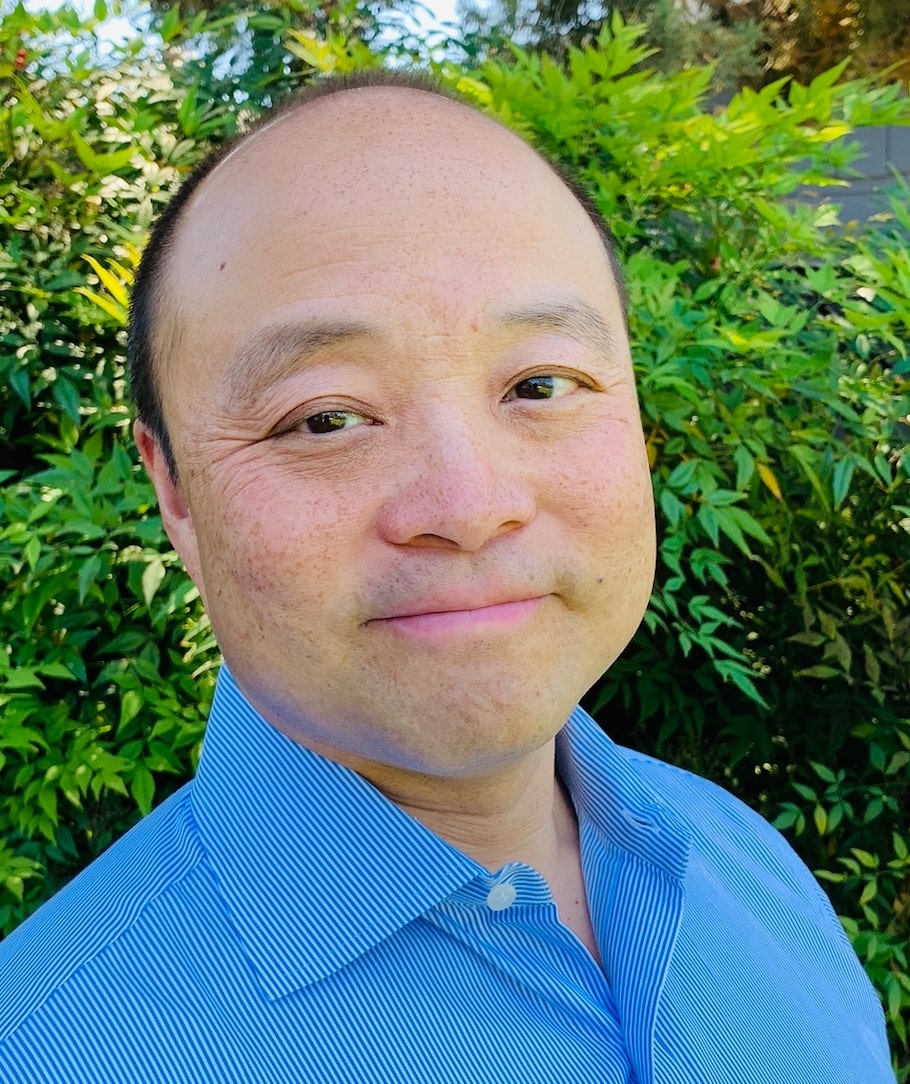
Brian Wang is a Futurist Thought Leader and a popular Science blogger with 1 million readers per month. His blog Nextbigfuture.com is ranked #1 Science News Blog. It covers many disruptive technology and trends including Space, Robotics, Artificial Intelligence, Medicine, Anti-aging Biotechnology, and Nanotechnology.
Known for identifying cutting edge technologies, he is currently a Co-Founder of a startup and fundraiser for high potential early-stage companies. He is the Head of Research for Allocations for deep technology investments and an Angel Investor at Space Angels.
A frequent speaker at corporations, he has been a TEDx speaker, a Singularity University speaker and guest at numerous interviews for radio and podcasts. He is open to public speaking and advising engagements.












